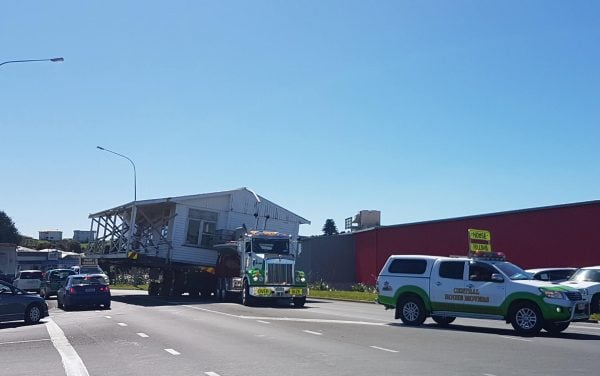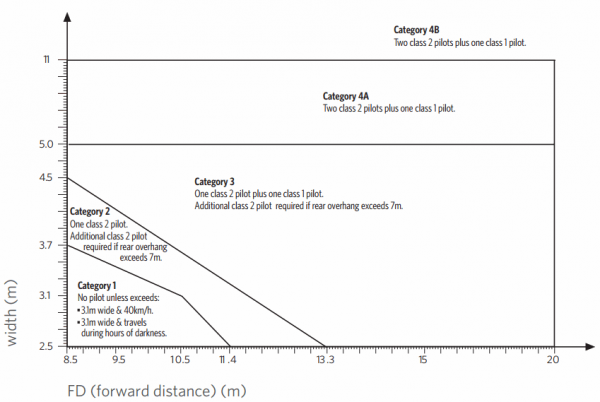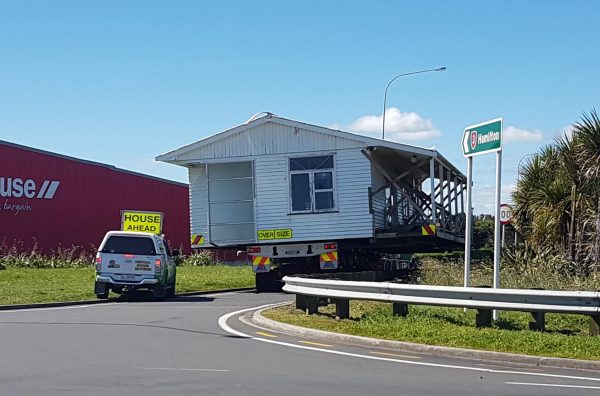Load pilots help oversized loads be transported on the roads without causing a danger to other road users. These loads are wider, taller and/or longer than the maximum vehicle dimensions. Our roads have signs, lanes, roundabouts and traffic islands based on normal-sized vehicles, so a huge vehicle can cause problems. Load pilots escort these vehicles and loads, warning other road users about them.

How do you get a job as a load pilot?
You must have a full class 1 (car) licence.
Class 2 qualification
To become a class 2 load pilot you must complete a Transport Agency-approved load pilot course via ASPEQ. The fee is $138 to take the exam and you can book it online but you must attend a session at a training centre.
Class 1 qualification
You must have had either:
- 3 years’ experience as a class 2 load pilot
- experience working on at least 25 jobs with a class 1 pilot
You then fill out the class 1 load pilot application form and send it to NZTA who will send you back a list of approved courses. This course takes around 9 months.
Applying for a job
It’s helpful if you have other skills such as a mechanic, engineering or construction, a commercial road transport qualification or licence classes that allow you to drive trucks (classes 2-5). Contact companies that use load pilots:
- Traffic management
- House movers
- Specialist machinery movers (e.g. boat haulage)
- Specialist load pilots
You will need a good CV with no spelling errors detailing your qualifications and any other relevant experience. You might not start as a pilot, but once you’re in the company you’ll be able to work your way into that role.
What’s the difference between a class 1 and class 2 load pilot?
Class 1 pilots have additional training (including optional unit standards 23892 and 1768) on technical and practical issues associated with managing traffic that very large and complex loads require. For example, all loads above 5m wide require at least one class 1 pilot and two class 2 pilots.
The following diagram explains the requirements for the number and type of load pilot drivers.

Why do load pilots frequently use utes?

Utes have the advantage of:
- Having better ground clearance than a car if the vehicle has to drive on a verge (i.e. the side of the road) or over kerbs
- Four-wheel drive, again for driving on the verge
- An area for tools, strops and other equipment that might be required – recommended items include road cones, road flares, safety hazard triangles, fluorescent red flags and a stop/slow paddle
- Being taller and more visible than a car
- Good towing capacity if used for towing a trailer as a rear pilot (front pilots are not permitted to tow a trailer)
Pilot vehicles must be predominantly white and carry signage.
How much money will you make as a load pilot?
Contract load pilots working for themselves usually charge between $60-110 per hour, or charge by the kilometre. If you are working as an employee for a load piloting company, wages are fairly low and not far above minimum wage. Class 1 drivers earn more than class 2 drivers.

